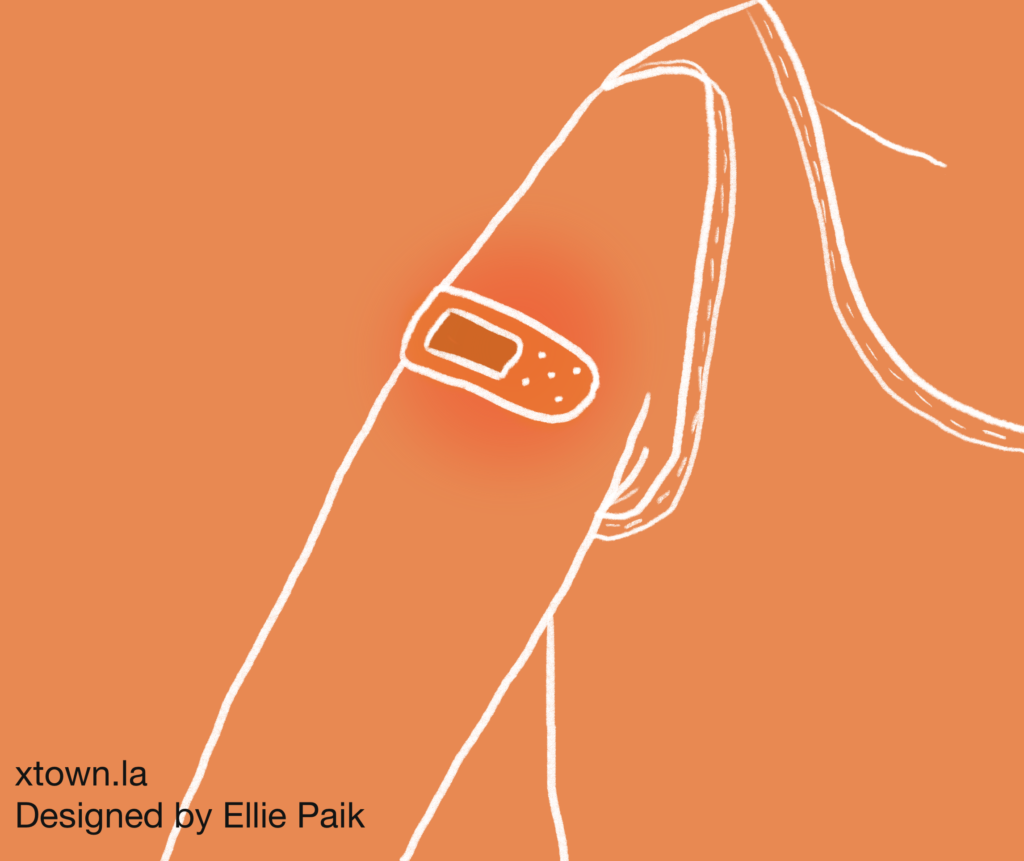Infection
As winter approaches, COVID infections hold steady
In October 2021 and 2022, COVID-19 seemed to be somewhat under control, with moderate numbers of cases and hospitalizations. By December of each year, however, the situation had changed significantly, with caseloads about triple what they were pre-Halloween.
Blame was placed on Thanksgiving and winter holiday gatherings, as well as the colder weather. Both prompted people to spend more time indoors, where transmission occurs more easily.
The question now is, will history repeat itself? Coronavirus cases in the region continue to be at historically low levels, and though it is difficult to compare the present with previous years because many positive results are no longer reported to health authorities, the weekly tally of new infections serves as a means to measure current conditions.
[Get crime, housing and other stats about where you live with the Crosstown Neighborhood Newsletter]
On Nov. 8, there was a seven-day daily average of 211 cases in the area, according to the Los Angeles County Department of Public Health. Although slightly higher than the 198 infections last week, it is significantly below the 500-plus daily cases recorded in mid-September.

Hospitalizations continue to decrease. On Sept. 13, there were 620 people receiving high-level medical treatment. This week there were 286 people hospitalized in the county with COVID-19. That is down 11.2% from last week.

The situation is similar across California. According to the state’s COVID-19 dashboard, in the week ending Nov. 3 there were 1,490 new coronavirus hospital admissions. That was a 21.9% decrease from the previous week, or 418 fewer admissions.
During the most severe part of the pandemic, in January 2021, more than 21,700 people in California were hospitalized with COVID-19. The count in L.A. County at the time was above 8,000.
Jab step
While the declining metrics are a positive for regional health, some fear they could have the unintended effect of making people think they do not need the new COVID-19 vaccine. The Centers for Disease Control and Prevention has recommended that everyone 6 months and older get a shot.
The uptake has been slow. According to the Department of Public Health’s vaccine dashboard, only about 6% of county residents, or 621,000 people, have received a dose of the new vaccine. Across California, the rate is 6.7%, according to state vaccine data.
Seniors have historically been vaccinated at higher rates than the general population. While that continues to be the case, the overall level also remains lower than when previous vaccines were rolled out. According to the Department of Public Health, just 17% of county residents 65 and up have received the new vaccine.
Statewide, an estimated 19% of seniors have been inoculated.
According to the state dashboard, only 3.9% of people ages 18-49 in California have received the new vaccine.
How we did it: We analyzed coronavirus data through Nov. 8, 2023, related to new cases, deaths, hospitalizations and vaccinations provided by the Los Angeles County Department of Public Health. The data only reflects cases reported to the department, and not how many cases actually occurred. We also examined state of California vaccine data.
Learn more about our data here. Any questions? Email [email protected].

